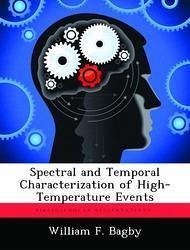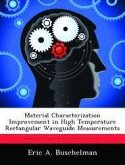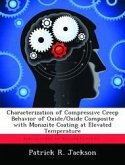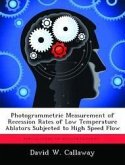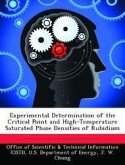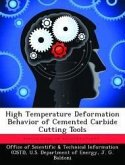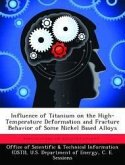The remote observations of the temporal and spectral characteristics of the infrared (IR) emissions from exploding ordnance have been correlated with explosion conditions. A Bomem MR-154 Fourier Transform Interferometer with two detectors, InSb and HgCdTe, was used to record spectra in the 1.3 -20 ??m range. Data was collected at spectral resolutions of 16 cm-l and 4 cm-l, and temporal resolutions of 0.045 s and 0.123 s, respectively. The data files range in size from 900 Kilobytes to several Megabytes. These are reduced to 2-dimensional representations of temporal features that are less than 100 Kilobytes. The data collected from efforts indicate the possibility of characterizing event species through one or more derived temporal features. Each event data matrix contains three dimensions of information describing radiance as a function of frequency and time. The observed data is first corrected for atmospheric losses to convert apparent radiance to emitted radiance. The data is then adjusted to remove background radiance. Finally, the corrected data is fit to a Planckian distribution function to compute event temperature and fractional field of view.
Hinweis: Dieser Artikel kann nur an eine deutsche Lieferadresse ausgeliefert werden.
Hinweis: Dieser Artikel kann nur an eine deutsche Lieferadresse ausgeliefert werden.

